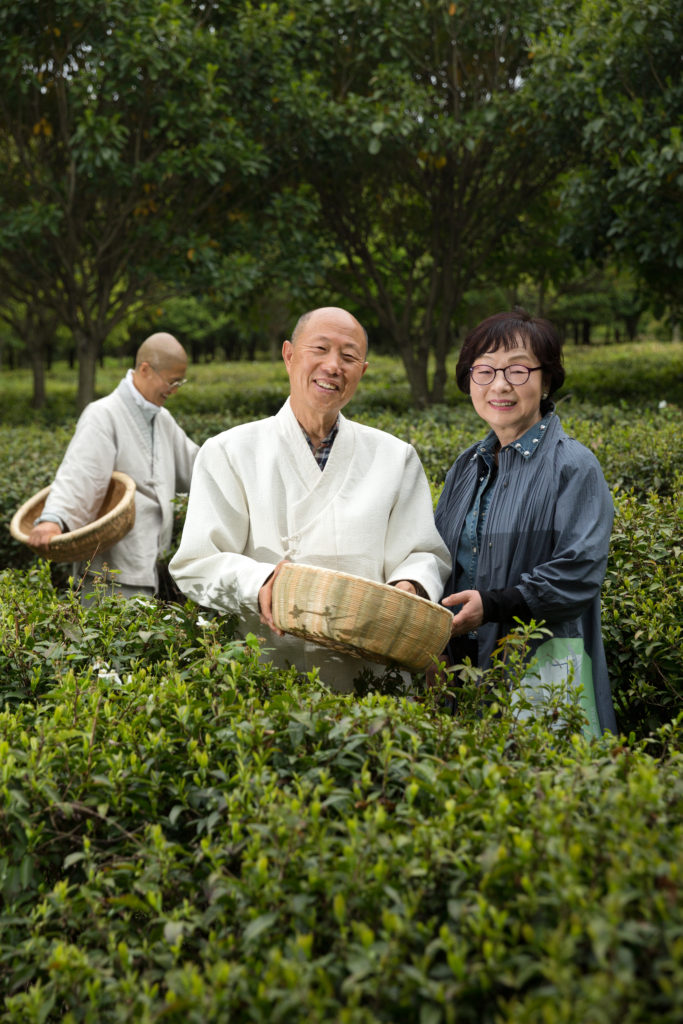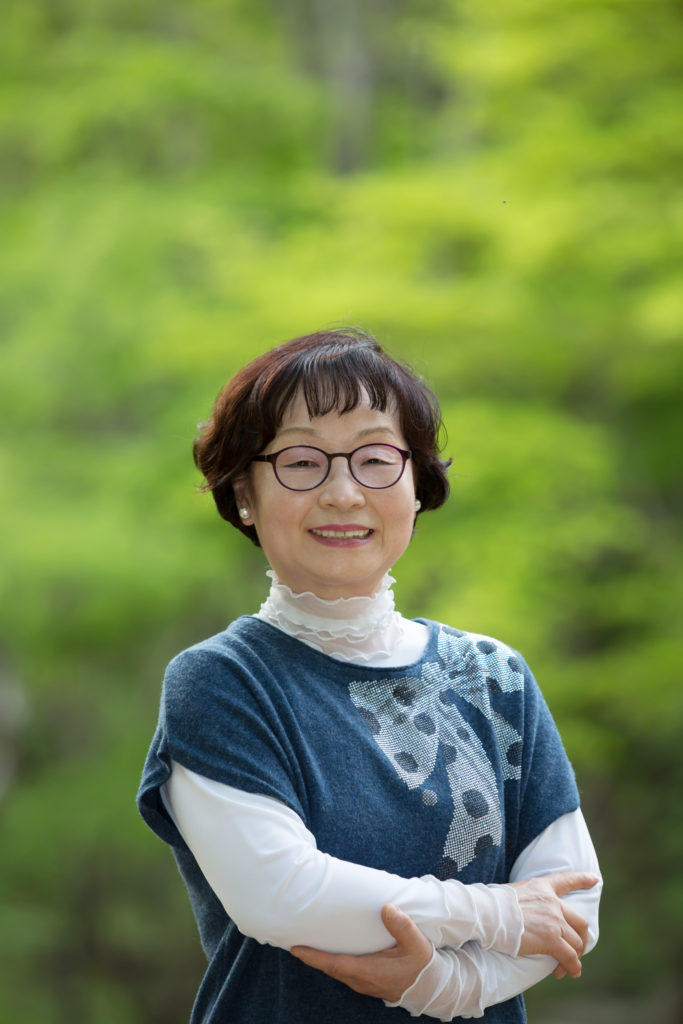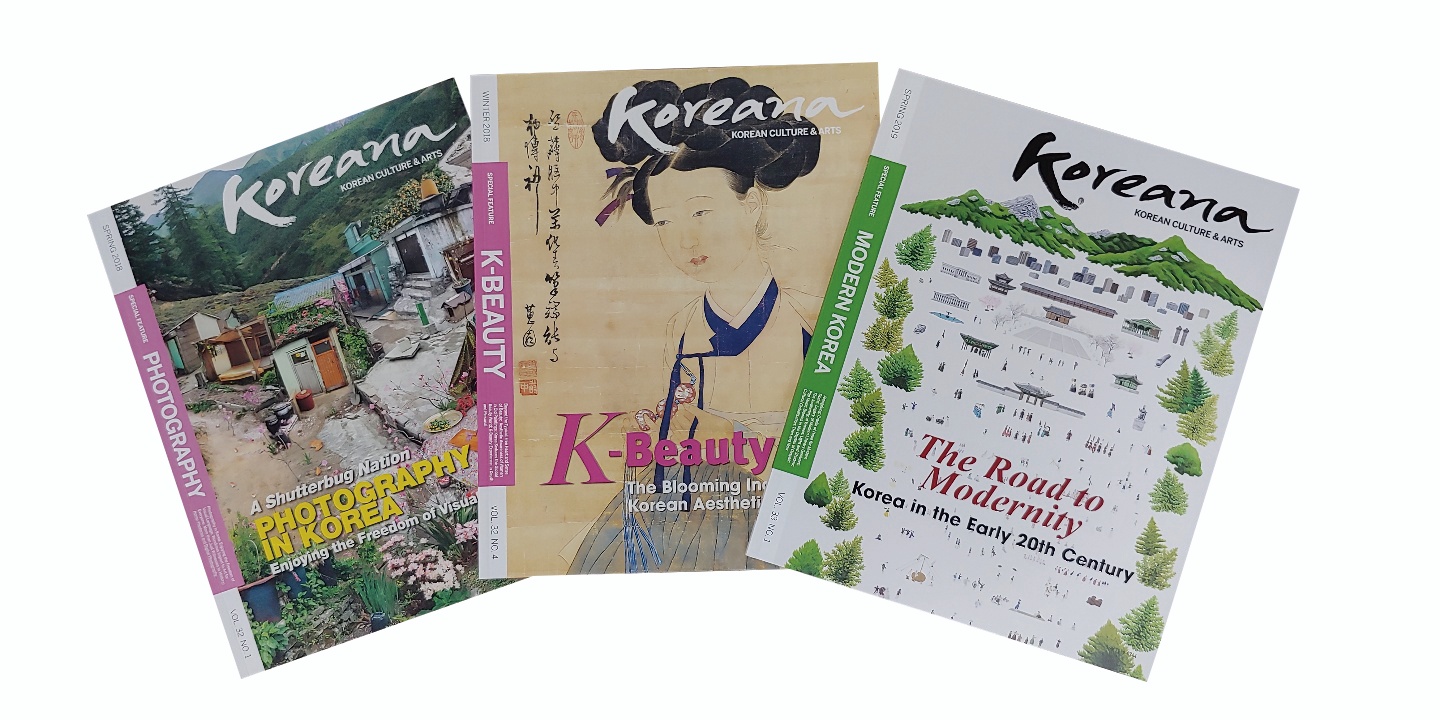Capturing the Essence of Korea: Lee Kyong-hee
Interviewed by David E. Shaffer
A bit earlier this spring, I received a text message from the Gwangju International Center office asking if I knew a Lee Kyong-hee. It gave me pause for a moment, but as I read on, it mentioned The Korea Herald. I knew immediately that my first thought was correct: It was Lee Kyong-hee, the former editor-in-chief of the Herald, one of the nicest and most knowledgeable persons that I have ever known – and someone who I had not seen in almost 20 years!
I first met Lee Kyong-hee in the mid-1990s when I was writing monthly articles for The Korea Herald. She was working at the Herald and wanted to meet me to convince me that I should write a column for their brand new sister publication, Herald Week, an English learners’ weekly, that she was preparing to launch. She was convincing. After Herald Week’s two-year run, Lee was appointed managing editor of The Korea Herald, the first female in Korea to hold such a position. And almost immediately, she charmed me into doing a Korean-learner’s column for the Herald.
On the bookshelf behind my desk, you will find a large, colorful tome, Korean Culture: Legacies and Lore, that Lee crafted at about this time. Her handiwork includes World Heritage in Korea, published a few years later and at least eight more books on Korea over the years. More recently, Lee’s efforts to make information on Korea more accessible to the outside world have won her the Korea Foundation Award in 2017 for her work at Koreana magazine, where she is now editor-in-chief.
So when the text message told me that Lee Kyong-hee was in town, and that she was contacting me through seeing me in her hotel copy of the Gwangju News, I jumped at the chance to meet her again. We had coffee – one of the best coffees I have had – because it led to this interview with her.
Gwangju News (GN): You are presently the editor-in-chief of Koreana magazine. Could you tell us a little about the magazine, who its target audience is, and how our readers could get a copy to read?
Lee Kyong-hee (Lee): Koreana is a quarterly magazine dealing with Korean culture and arts. It is published by the Korea Foundation, a public organization dedicated to public diplomacy toward the goal of “making friends of Korea around the world.” The magazine was inaugurated in 1987. At first, it was published only in English and later expanded to additional languages. Currently, it is published in eleven languages, including Korean, on- and off-line. We have readers all over the world. Anyone interested in reading our magazine may visit our homepage (www.koreana.or.kr) for a subscription or to buy copies of specific issues. In Seoul, you can purchase the magazine at Kyobo Bookstore locations in Gwanghwamun and Gangnam.

GN: Your present trip is for an upcoming article on temple food. What brings you all the way to Gwangju for this when there are temples across the peninsula?
Lee: We are preparing a special coverage of temple food for the summer issue. The dietary custom at Buddhist temples in Korea is drawing broad attention as it is considered healthy for both the body and mind. Our coverage includes tea culture as part of the dietary traditions of temples. The Venerable Yeoyeon, who is board chair of the Choui Tea Culture Institute (초이차문화연구원), located in Dong-gu, Gwangju, inherits the lineage of monks specializing in banya-cha (반야차, aka Prajna tea), descending from famous Zen Master Choui of the late Joseon period. I came to meet him and Seong Hwa-ja, director of the institute. I have known Ven. Yeoyeon for a long time but met Seong for the first time. We had a nice time talking about tea and how the institute is devoted to teaching tea-making and tea-drinking to the general public.
GN: You have been involved not only in publishing but in English publishing in Korea for many years: editor-in-chief of The Korea Herald, Korea Focus, and ASPAC Quarterly, to name a few. Could you tell us what has drawn you to this field and kept you so attached to it?
Lee: I have been working in English journalism since I graduated from Hankuk University of Foreign Studies as an English major. You may say that English has been the tool for my profession all my life. Basically, I think I love English. My love for English goes back to my early teenage days when I was a maniac for English pop songs and movies. I believe that, above all else, I have been able to acquire a broader perspective and a wider human network by working in this field.
GN: After many years of working with current affairs and politics in newspaper publishing, what enticed your pivot to culture and the arts?
Lee: I started my career as a culture reporter. Back then, female cub reporters were almost automatically assigned to the culture desk at most newspapers. Later, I had opportunities to write about other subjects such as social issues, politics, and international relations. But eventually, I ended up in this field, which I believe has more lasting value, even though the effect may be felt slowly.

GN: What do you find to be the most difficult parts of publishing a newspaper or magazine?
Lee: I have been involved in publishing periodicals of different cycles, including daily, weekly, monthly, and quarterly, over the last half century. There have been amazing technological advances in my profession during these years, though I doubt whether there has been comparable intellectual and moral progress. Each cycle has its own difficulties and every stage of work is important. I believe the key lies in the professionalism of individuals and organizations.
GN: Are there any difficulties that you find related to publishing in English that you would not encounter if you were publishing in Korean?
Lee: You do not have many reliable eyes and minds available in this field. As the person at the top, I often find myself waging a solitary battle.
GN: You have risen through the publishing ranks at a time when positions of authority were almost totally populated by men. Can you relate any of the difficulties that you might have encountered on your journey?
Lee: I have seldom considered it difficult, but I have worked hard. I believe my professionalism and work ethic have helped me reach where I am. If I have to point out the most difficult part of my job, I must say that I have had little time to spend for, and share with, my family. I am sorry for this.
GN: What do you like to do in your free time, assuming that you indeed have some free time?
Lee: Frankly, I have very little free time. I find myself feeling happy when I am driving along a country road listening to good music. When I have enough time to enjoy myself in the future, I hope to swim and watch movies. With more time available, I want to travel.
GN: With your broad knowledge of Korean history, politics, economics, people, and places, what do you consider to be the main things that people in Korea associate with Gwangju and the surrounding area?
Lee: Gwangju reminds most Koreans of its Democratic Uprising of May 1980 and socio-political discrimination the region suffered under the authoritarian governments of military rulers. But, as is widely known, the region’s history of suffering dates back to the Joseon Dynasty and even further back to the Goryeo Dynasty. In spite of its gloomy history, the region abounds in beautiful natural scenery, and the artistic and literary brilliance of its people, which have resulted in truly attractive legacies.
GN: Of all the places you have been to in Gwangju and the surrounding province of Jeollanam-do, which have left the most lasting impressions?
Lee: The region has so many beautiful and meaningful places that I will remember for a long time. It is not easy to name a few. I may sound too personal, but during this visit, I happened to pass by the school that my former colleague at The Korea Herald went to: Chonnam Girls’ High School. She was fired from the paper in the wake of the Gwangju Uprising. Following that, she went through a difficult time but later earned fame as a novelist. She passed away in 2007. I felt sad looking at the school grounds and a beautiful old plum tree in full bloom over the walls. Her name is Ahn Hye-sung (안혜성).
GN: Where have you not been or what have you not yet done in the area that are still on your must-do (must-see) list?
Lee: There are many places I want to visit but have not had a chance to yet. One of those places is Geomun-do. The island has intrigued me for a long time. The problem is that as I have visited most places for my work, the visits were always short and tightly scheduled. Therefore, in the future I hope to stay in one place longer so that I can understand and enjoy the place better.
GN: Now that you have had a chance to look through a few issues of the Gwangju News, what suggestions do you have for us and our magazine?
Lee: Frankly speaking, I am amazed by the quality of your magazine. It is full of interesting stories of local and global perspectives. The stories are well written, if not journalistic at times, and the photographs are great. Above all else, I am very impressed by the large pool of native English-speaking writers. It indicates you have a very active and cooperative expat community.
GN: If you were to suggest topics of interest for Gwangju News articles for our readers, what would you suggest?
Lee: Assuming that most of your readers are expats who may not have enough access to information about cultural and other events or people in other cities and regions in the country, I would like to suggest very cautiously that it would be useful to carry news on such topics.
GN: Thank you for taking the time for this interview, and for the coffee. Let’s not wait so long for the next cup!
Photograph courtesy of Ahn Hong-beom
The Author
Dr. David Shaffer is a long-time resident of Gwangju who was for many years a professor at Chosun University. He is now the board chair of the Gwangju International Center and editor-in-chief of the Gwangju News. He has written extensively on English teaching and learning, and has published books on Korean language, poetry, and traditional culture.





